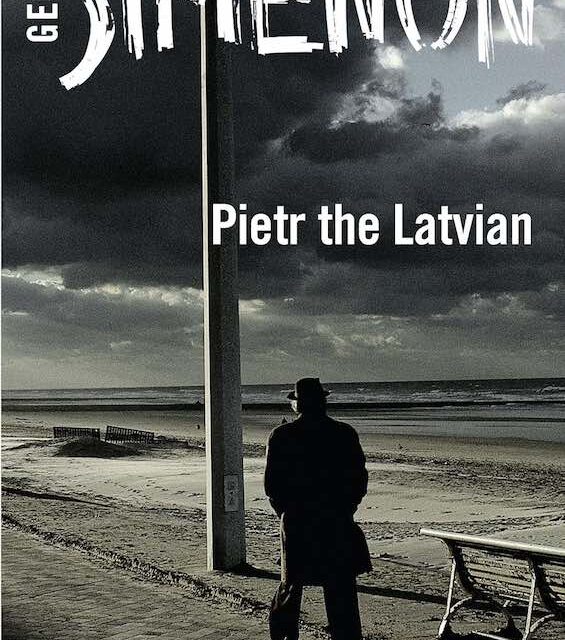
Belgian author Georges Simenon set a dubious record with the publication of 75 novels in his series about Paris police commissioner Jules Maigret. The Maigret novels are widely regarded as the longest-running series of crime novels ever written. But those 75 books constituted less than one-fifth of Simenon’s output during his lifetime. And that certainly shows in the first of the books in the series. Pietr the Latvian introduces the legendary detective in a fiendishly complex story compressed into fewer than 200 pages. Inevitably, lacking background information and smooth transitions, the novel confuses as much as it enlightens. Admittedly, the fault may lie in its translation from French to English. But it’s difficult not to think that cramming such a complicated story into so few pages is the root of the problem.
Estimated reading time: 4 minutes
Who is the bad guy, and where does he come from?
The titular bad guy of Pietr the Latvian may or may not actually be named Pietr. He might be Russian, Norwegian, American, Estonian, or Latvian. And he may be a vagrant, a seaman, a businessman, or a corpse. But he is most certainly a bad guy.
Subscribe now. No ads, and it’s entirely free. >>>
When he arrives in Paris and comes to the renewed attention of Inspector Maigret of the Judicial Police, he has left behind a trail recorded by police agencies in half a dozen countries. They’re all eager to apprehend him, for he is known to be tied into all the leading criminal gangs of Europe. Pietr is a swindler responsible for multi-million-dollar scams that have defrauded wealthy people across the continent. And now, in Paris, he seems to be working on a new target, an American multi-millionaire businessman. They’ve taken adjoining suites in the ultra-luxurious Majestic Hotel on the Champs-Élysées.
Pietr the Latvian (Inspector Maigret #1 of 75) by Georges Simenon (1931) 176 pages ★★★☆☆

A passel of lowlife characters
Maigret is a large man, tall, broad, and heavy, and he scowls a lot. In fact, Simenon reminds us of his threatening appearance on numerous occasions throughout the novel—entirely unnecessarily, in my opinion. But Pietr the Latvian, who sees the inspector trailing him, is unbowed. He carries out his business in the open. Meanwhile, other assorted characters, including the American businessman and his wife, a hitman, patsies on the hotel staff, prostitutes, and other lowlife cycle in and out of the story. It’s all confusing—until, at last, it isn’t. Finally, in the brilliant logic of Inspector Maigret, the entire twisted tale becomes clear as his legendary intuition leaps from one isolated fact to another. Sadly, the story might have made for a terrific novel in the hands of a better writer. Maybe Simenon got better as he wrote more. But I don’t plan to find out.
About the author

Belgian writer Georges Simenon (1903-89) was one of the most popular—and prolific—authors of the 20th century. Beginning with the publication of Pietr the Latvian in 1930, he published around 400 novels, 21 volumes of memoirs, and many short stories, selling over 500 million copies of his books in his lifetime. He was best known for the 75 novels and 28 short stories featuring police commissioner Jules Maigret. Before establishing himself as a writer, Simenon served in the military, worked as a journalist, and took a job with a right-wing political group.
For related reading
You might also enjoy my posts:
- Top 10 mystery and thriller series
- 20 excellent standalone mysteries and thrillers
- 30 outstanding detective series from around the world
- Top 20 suspenseful detective novels
- Top 10 historical mysteries and thrillers
And you can always find my most popular reviews, and the most recent ones, on the Home Page.



























